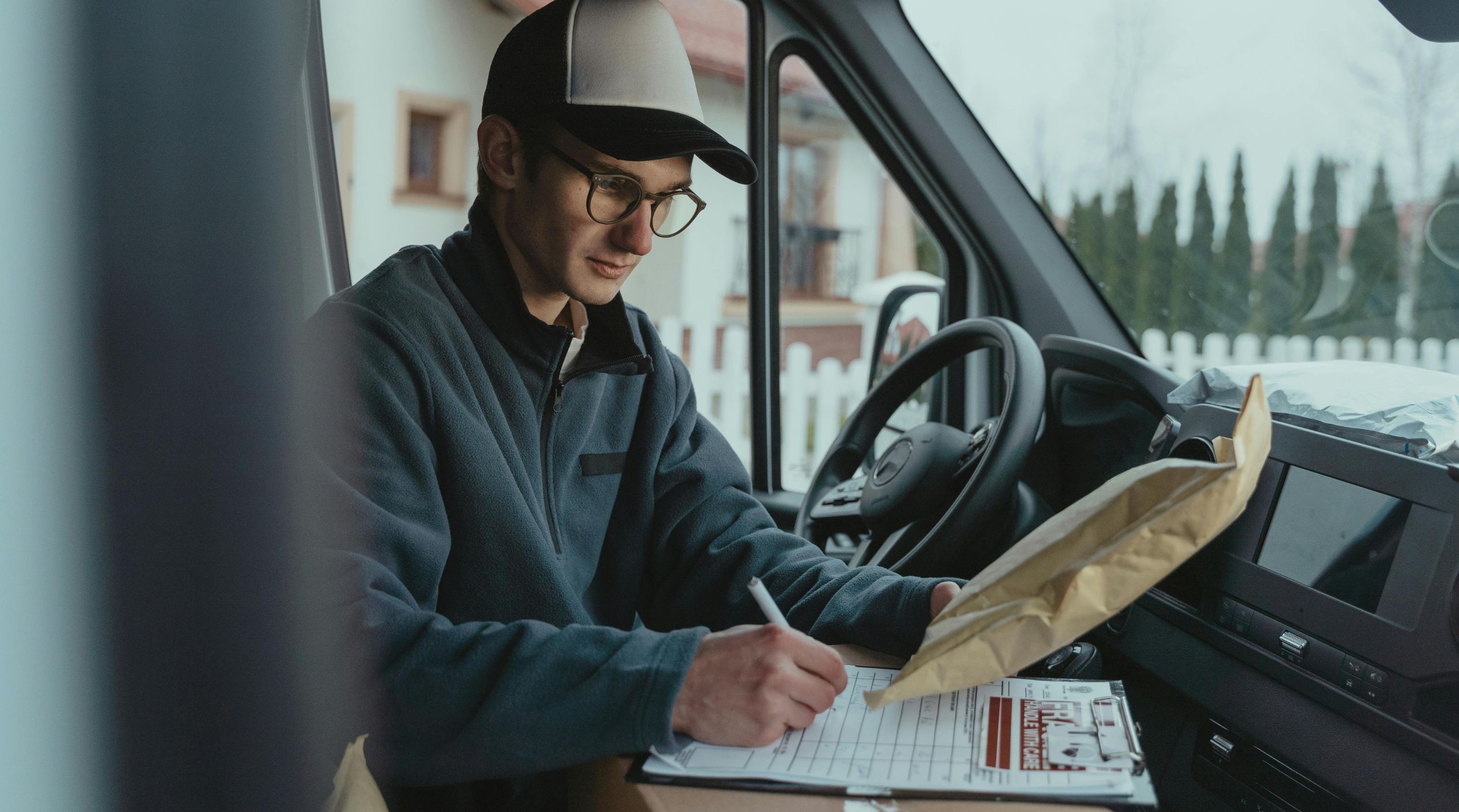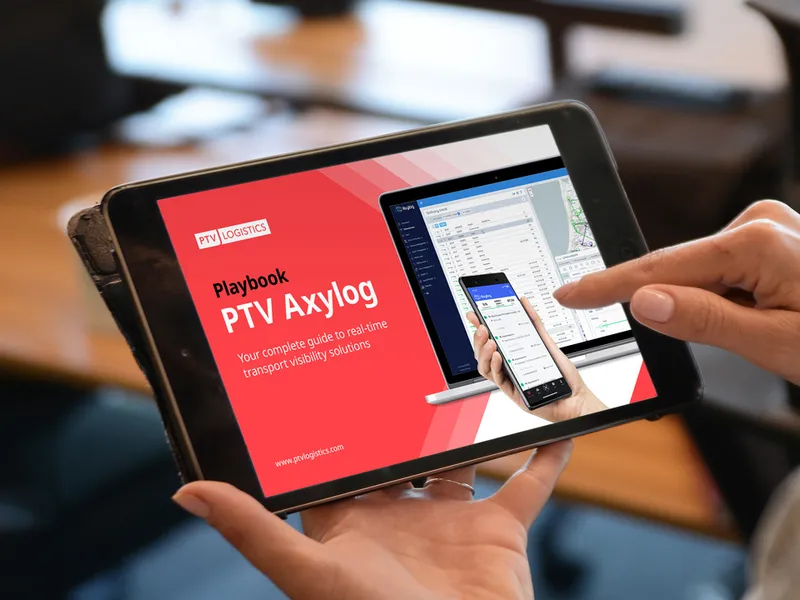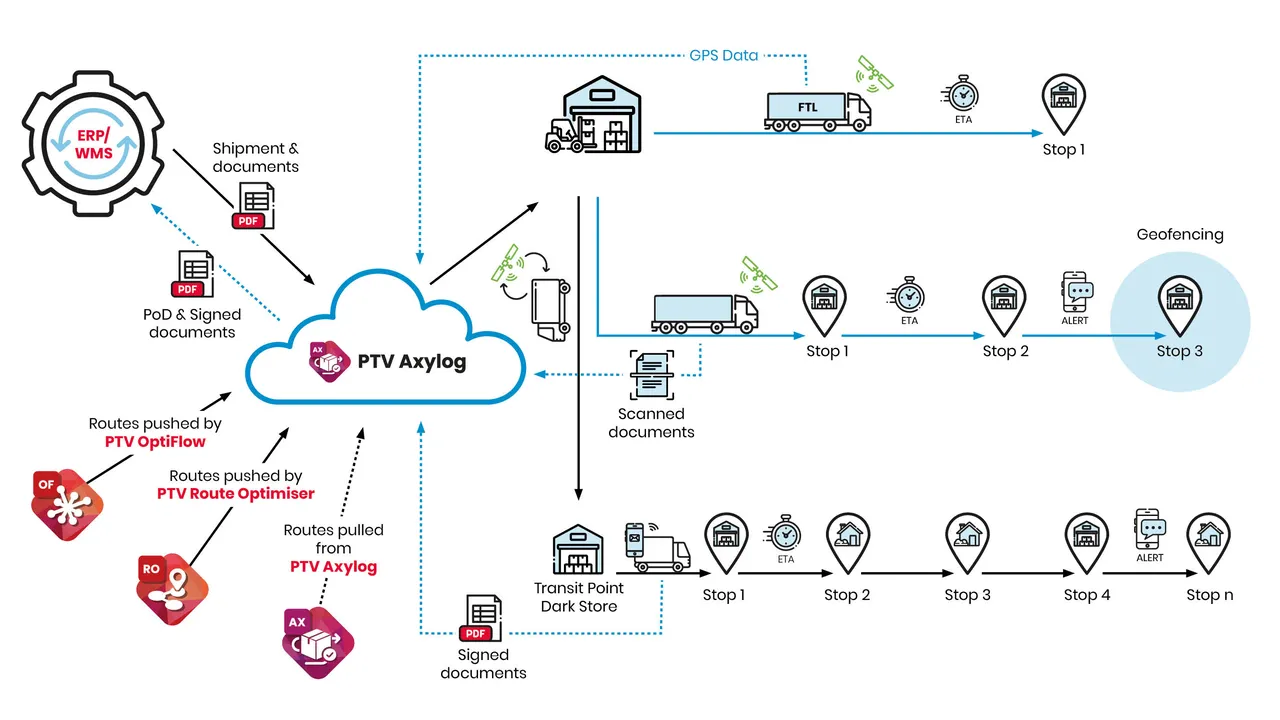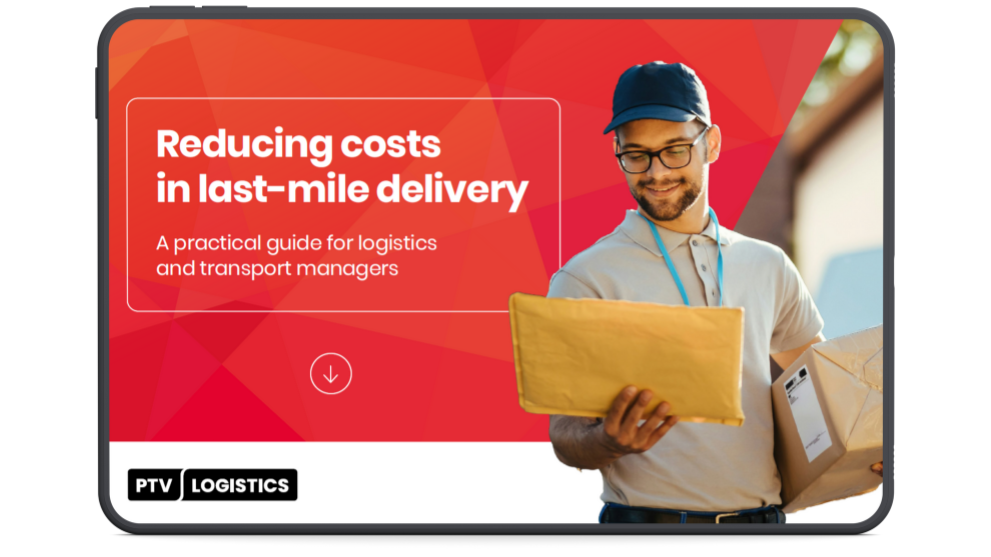“Where’s the driver now?”
“Why hasn’t this package been delivered yet?”
“Can someone confirm if the route was updated after the traffic alert?”
If you’re a dispatcher, a fleet operations manager, or anyone overseeing delivery operations, these aren’t just passing questions, but a part of your daily vocabulary.
They usually arise when you are deep in route planning, managing multiple shipments and hoping the third missed delivery today isn’t about to turn into another complaint.
Especially when managing last-mile operations, this scenario probably feels all too familiar. And no, it’s not always about the customer experience. Sometimes it’s about you, sitting in the control tower, trying to orchestrate moving parts with tools that don’t speak to each other.
Challenges with tracking & communication in last mile delivery
When ETAs are guesses rather than data-driven insights, and alerts about delays or anomalies come too late, or not at all, it’s easy for things to spiral out of control.
Some of the common challenges are:
- Lack of live visibility into where vehicles and shipments actually are, especially when relying on multiple external carriers or third-party fleets. Without a single, centralized system providing a “source of truth,” dispatchers scramble to piece together fragmented updates from calls, apps and spreadsheets.
- Inconsistent or delayed ETAs that don’t reflect real-world disruptions like traffic jams, weather changes, or last-minute reroutes. This often leads to increased costs and unhappy customers.
- Poor communication between drivers and planners, often relying on phone calls or disjointed messaging apps, resulting in missed updates, misaligned expectations, and slower issue resolution.
- Limited anomaly detection and alerting capabilities, making it difficult to spot early signs of delivery problems like unexpected stops, route deviations, or prolonged idle times. By the time these issues are identified, the impact on delivery performance is already significant.
These challenges don’t just affect delivery performance, they take a toll on the people behind the scenes trying to manage it all.
How does real-time tracking improve last mile delivery?
This is where real-time tracking comes in as a necessity for modern last-mile operations because you get a live window into what’s actually happening on the road.
You know where each vehicle is, how the route is progressing, and whether a delivery is still on track, without having to chase five different sources for the same answer.
This kind of visibility lets dispatchers act quickly when something changes, not after it’s too late. It also keeps customers in the loop with timely updates, so they’re not left wondering when their package will arrive or if it’s even on the way.
DOWNLOAD THE GUIDE
If this sounds like the kind of control and calm your team could use, we’ve got something that might help.
The PTV Axylog playbook walks you through what better tracking and communication can look like in your business – stay ahead of delays, and make life a little easier for everyone involved.
How Do Companies Ensure Delivery Accuracy and Proof of Delivery?
To confirm successful deliveries and reduce disputes, many companies now rely on digital proof methods such as electronic signatures, photo confirmation, and timestamped delivery records. These tools provide clarity for both customers and operations teams, especially when items are left at the door or delivered without direct handoff.
It’s a simple step that strengthens reliability, improves accountability, and gives customers the reassurance they need.
What technologies are transforming last mile delivery communication?
Today’s last mile tools do more than show where a vehicle is – they support faster updates, better coordination, and fewer delivery surprises.
One retailer saw a 13% drop in overall costs after integrating real-time tracking and advanced route planning. By improving how teams share information and respond to issues, they created a more efficient and predictable delivery flow.
This kind of technology doesn’t just improve visibility, it helps teams stay aligned and in control, even when managing high volumes or unexpected changes.
What are the best practices for optimizing last mile delivery communication?
When it comes to improving delivery communication, a few key practices can make a big difference.
- Start by integrating tracking systems so that dispatchers, drivers, and customers all work with the same, real-time information. This reduces miscommunication and makes issue resolution quicker.
- Offering flexible delivery options like time windows or delivery preferences- this also helps manage expectations and improves the customer experience.
- And don’t underestimate the power of personalized communication. Whether it’s using names in updates or sending delivery notifications through the customer’s preferred channel, small touches can go a long way.
These best practices for last mile delivery not only strengthen operational efficiency but also build trust with every delivery.
By reducing delivery delays in last-mile logistics, companies not only save time but also lower operational costs, improving overall efficiency and customer satisfaction.
LAST MILE DELIVERY INSIDER
Real-time tracking and clear communication are already making a difference for delivery teams. Drawing on insights from logistics experts, we’ve compiled proven strategies to reduce inefficiencies, cut unexpected costs, and make operations run smoother. Discover how you can put these ideas into action.



